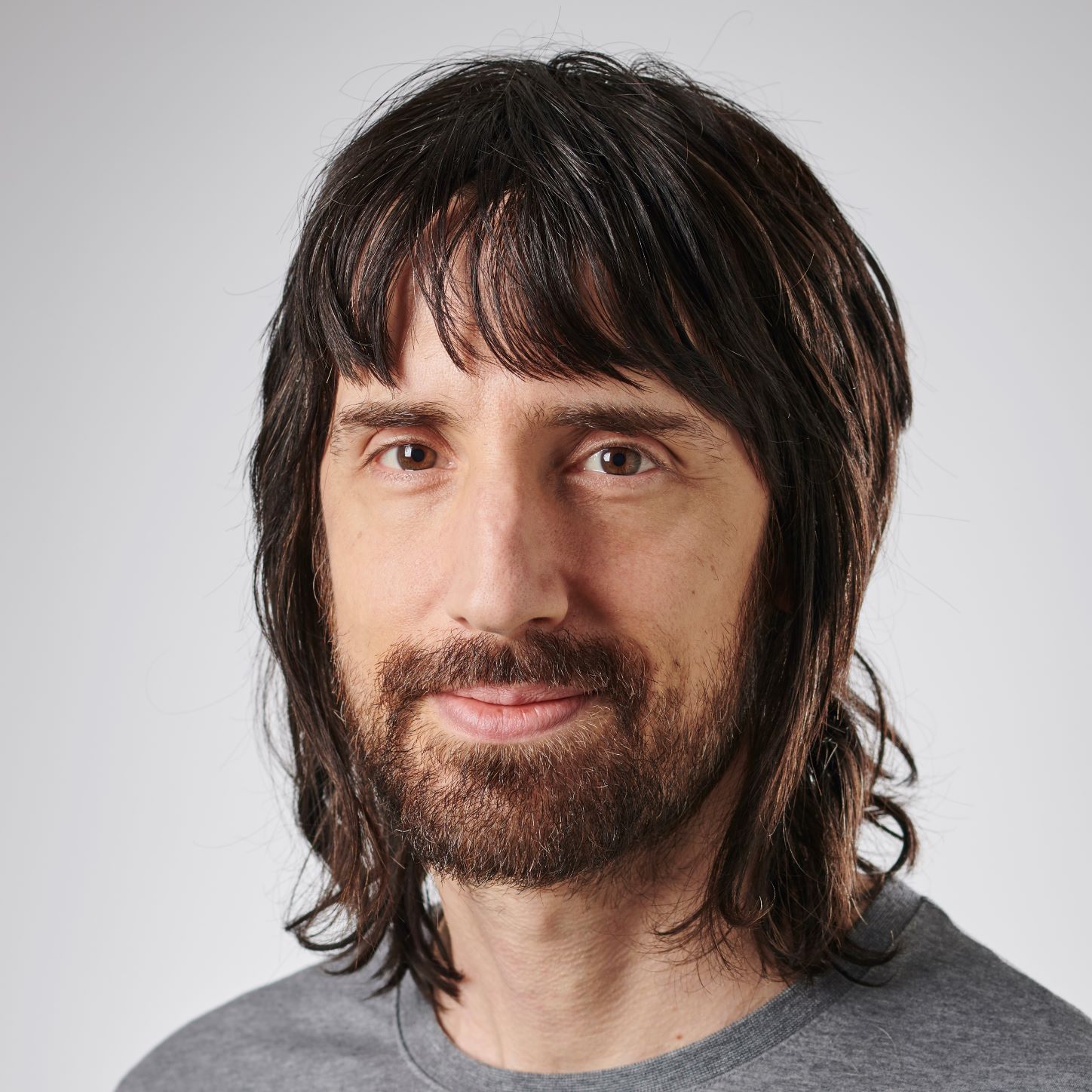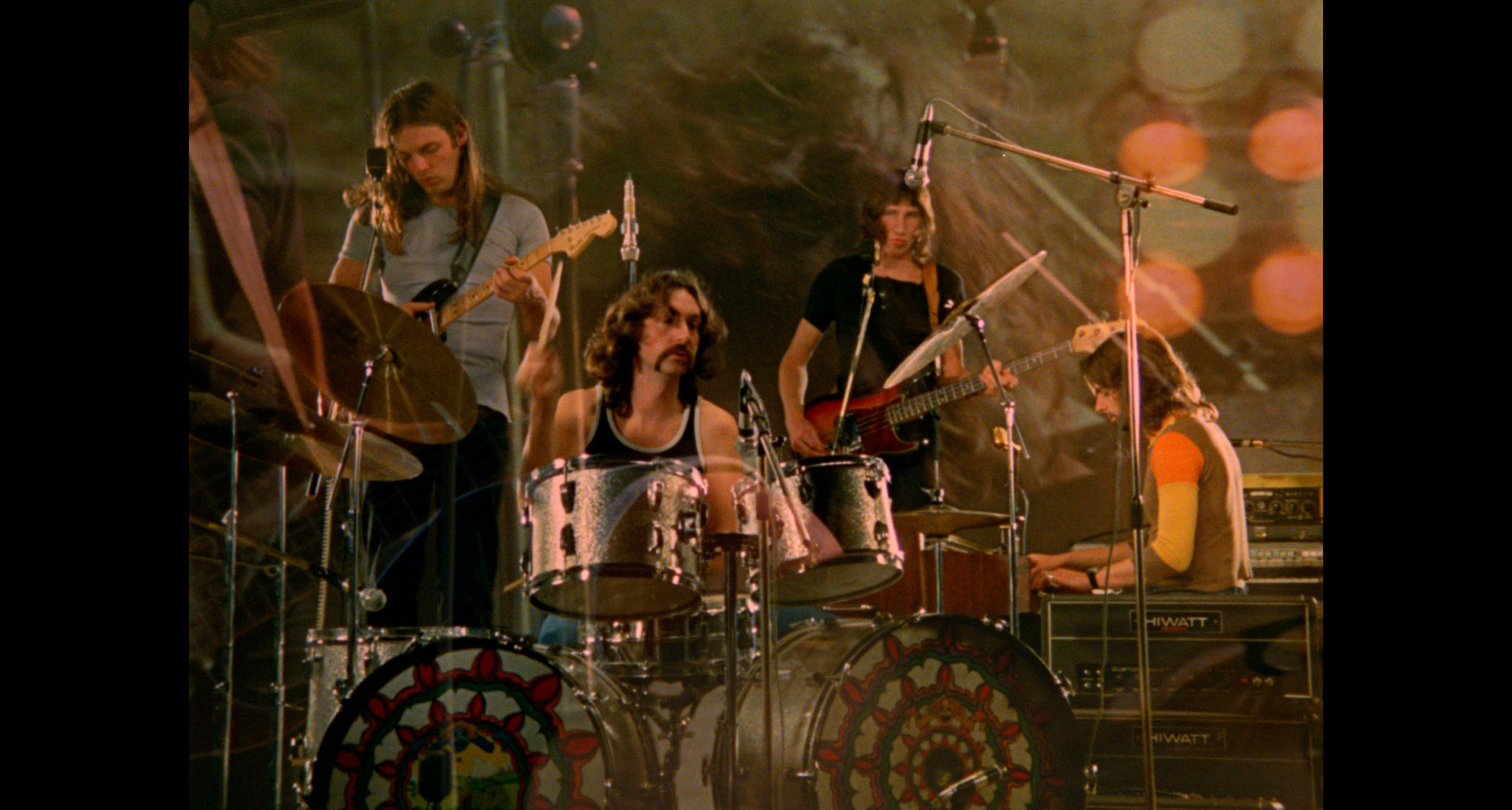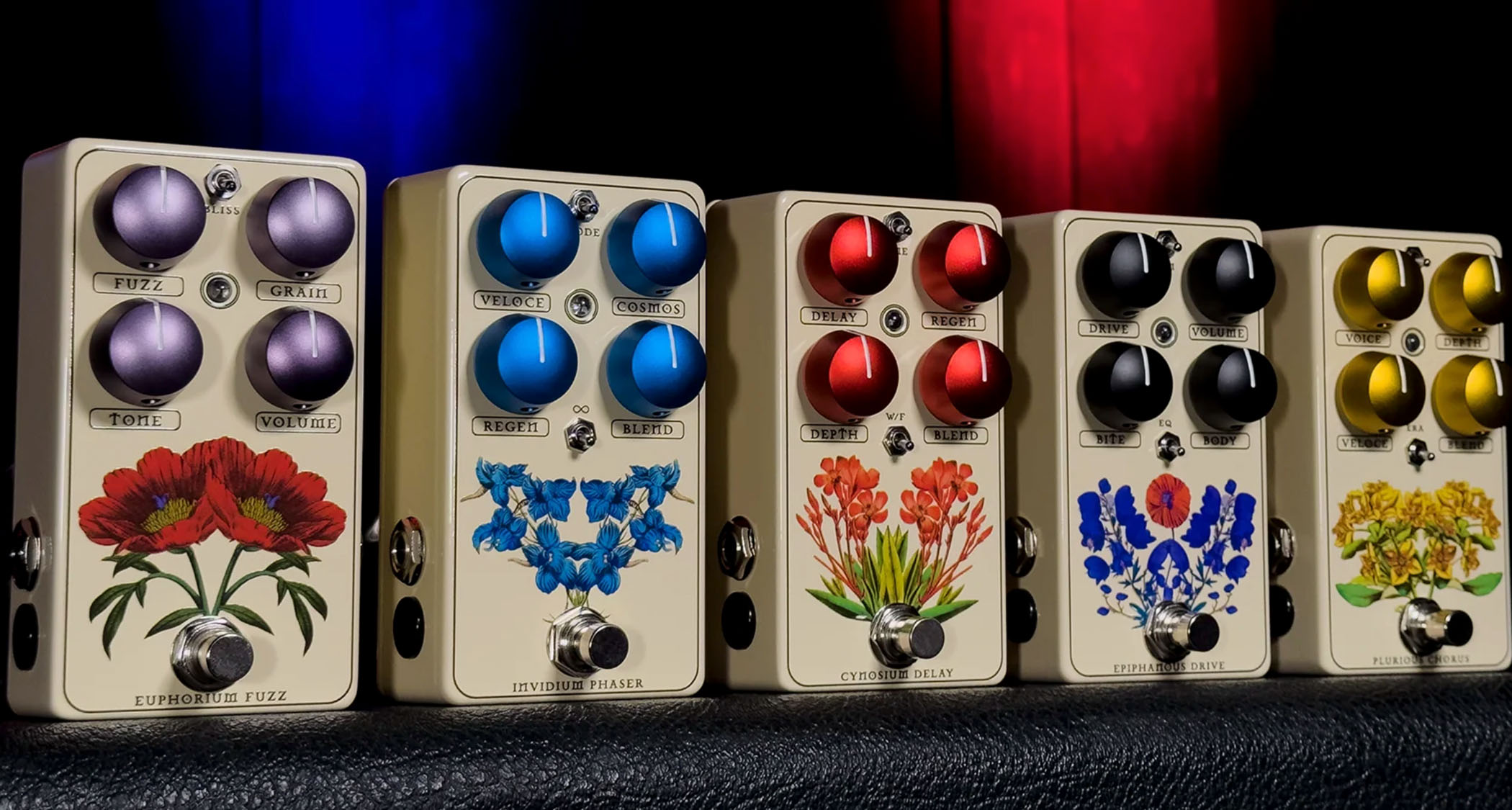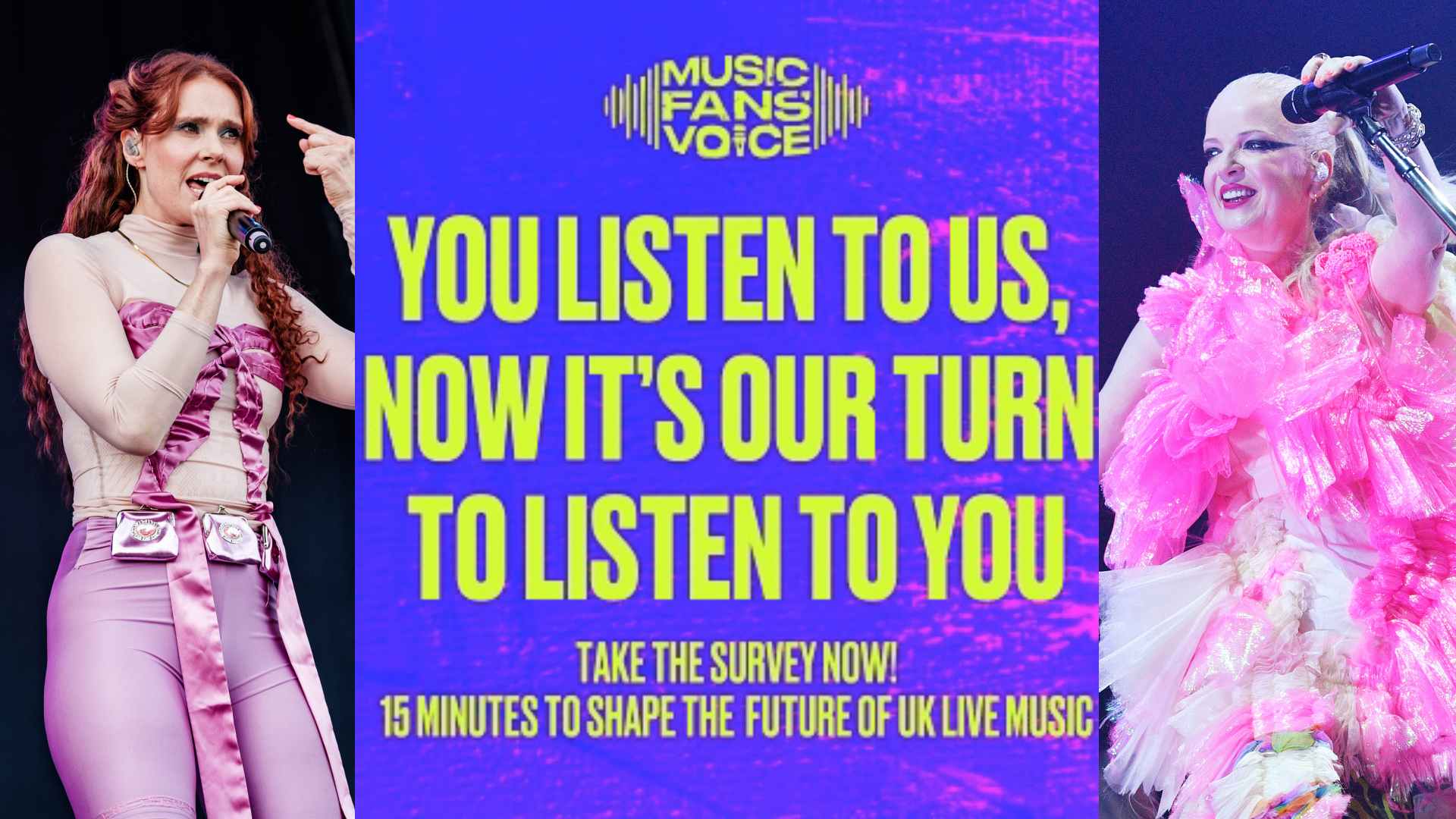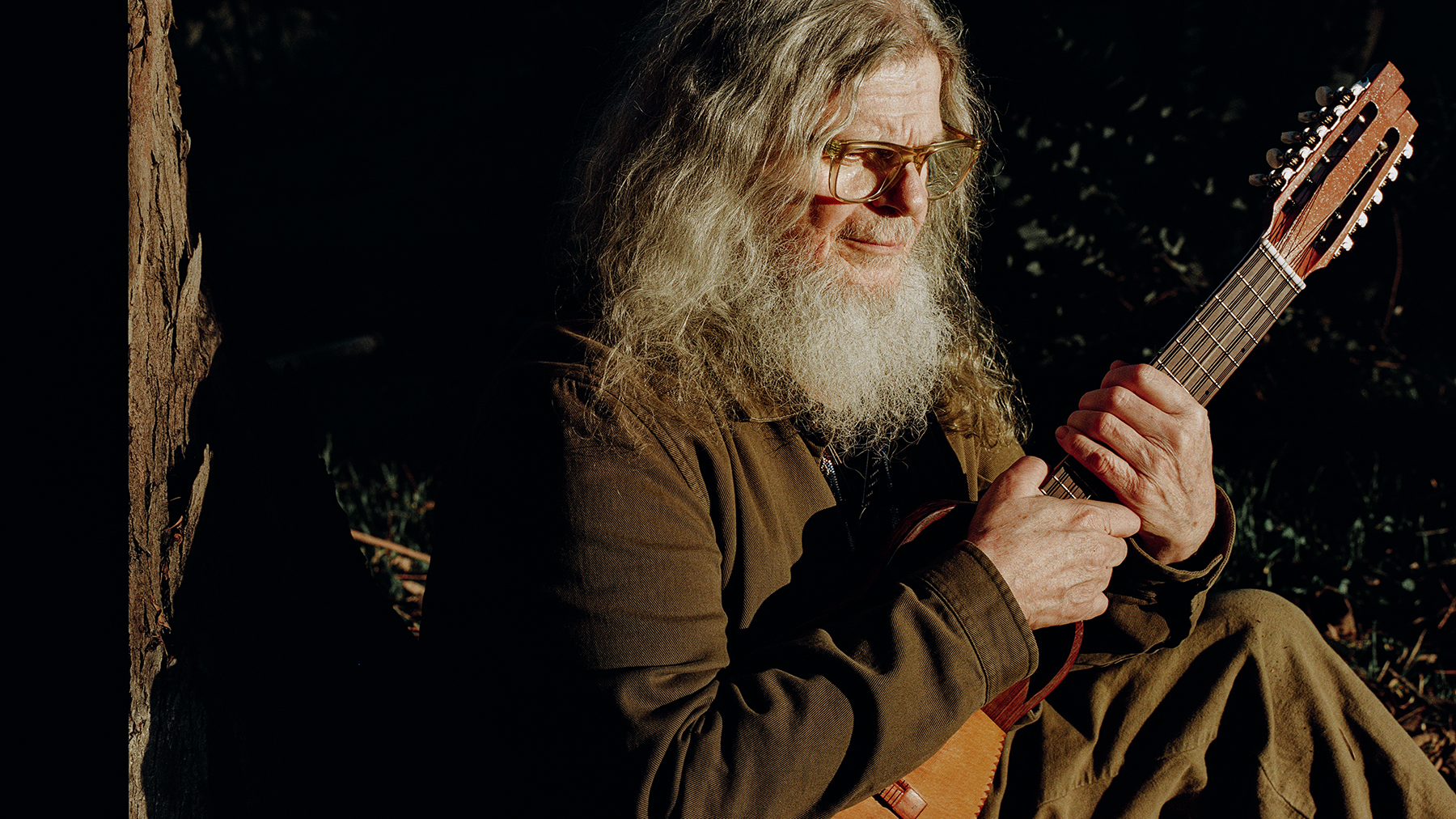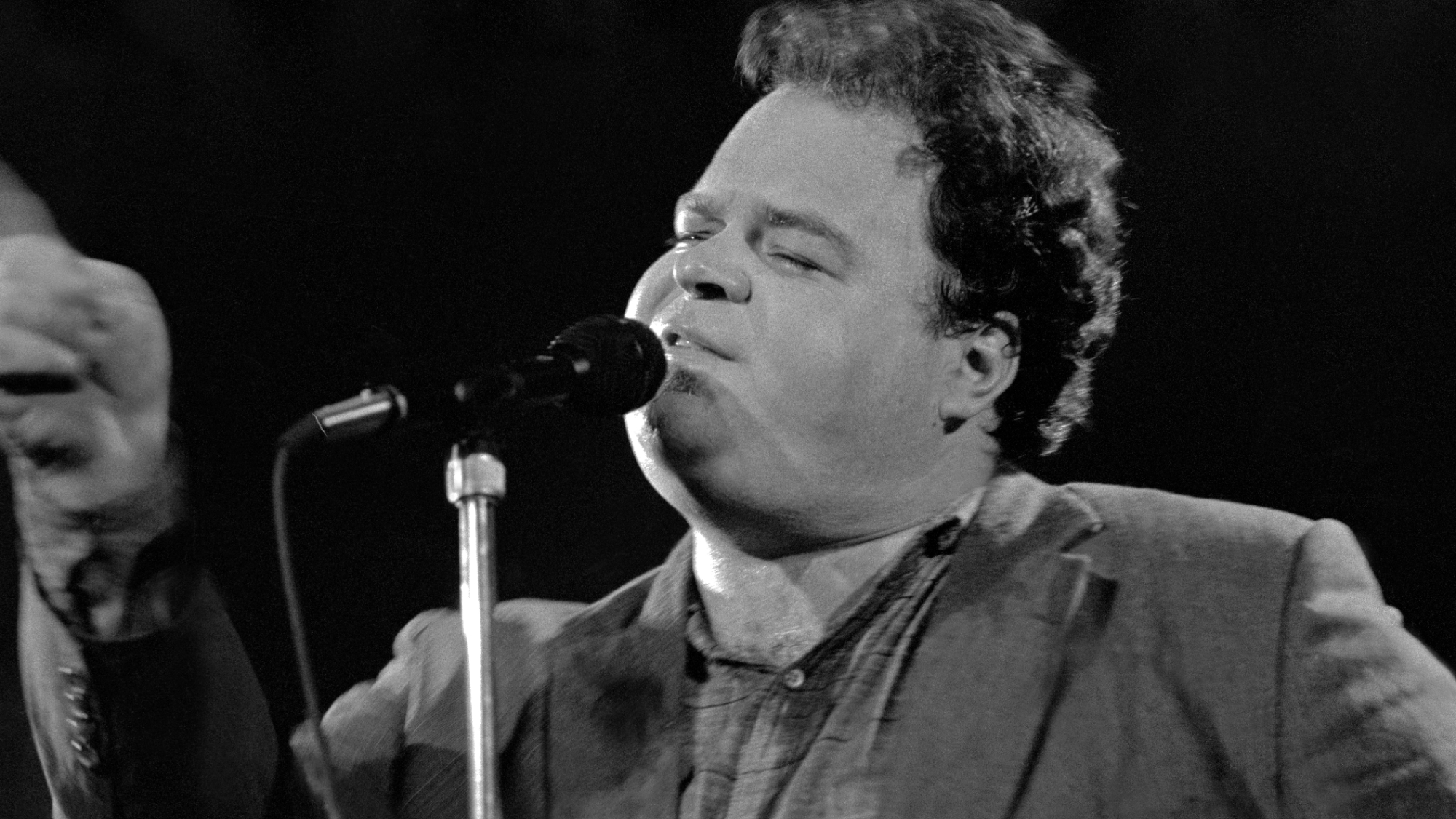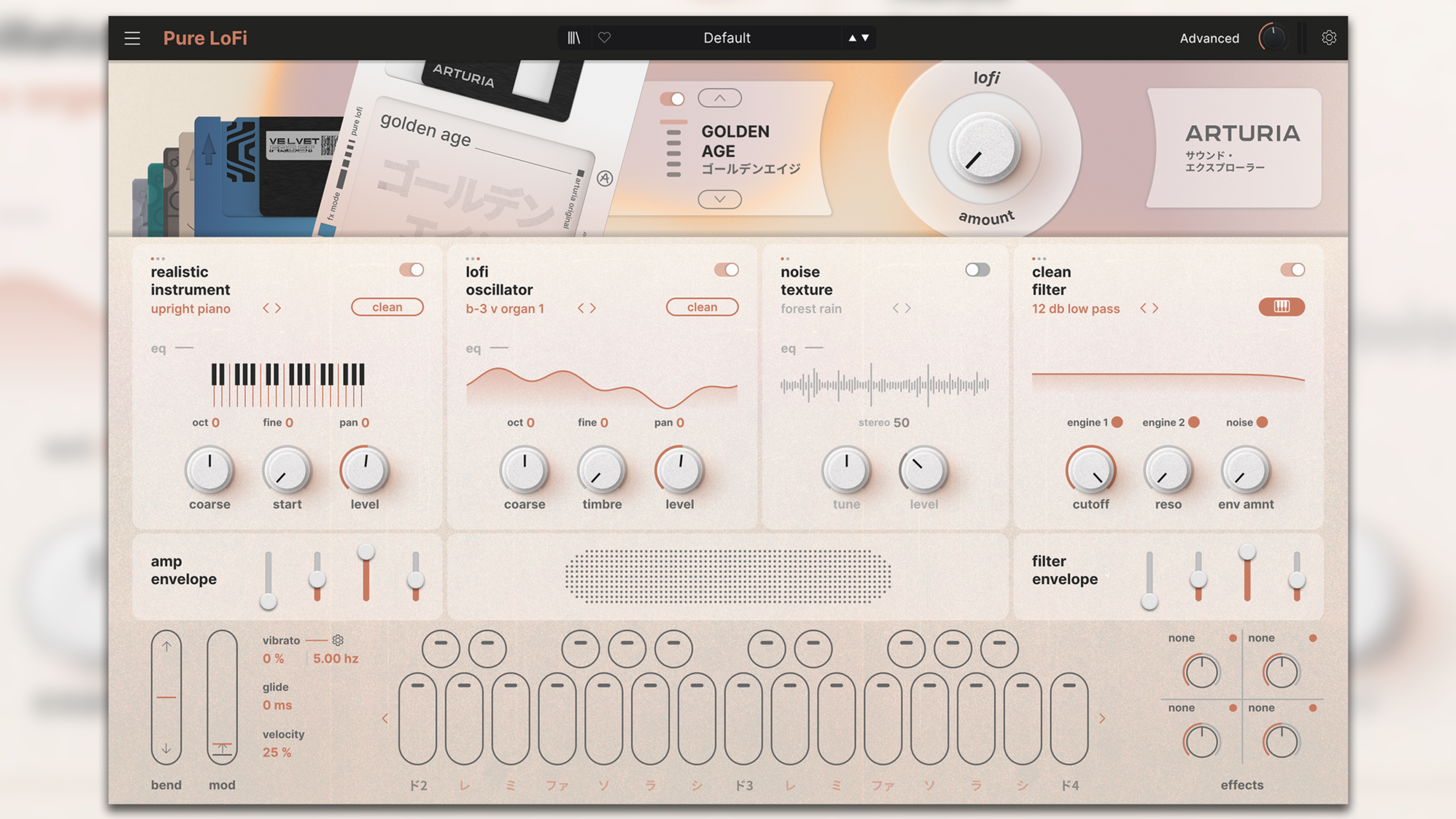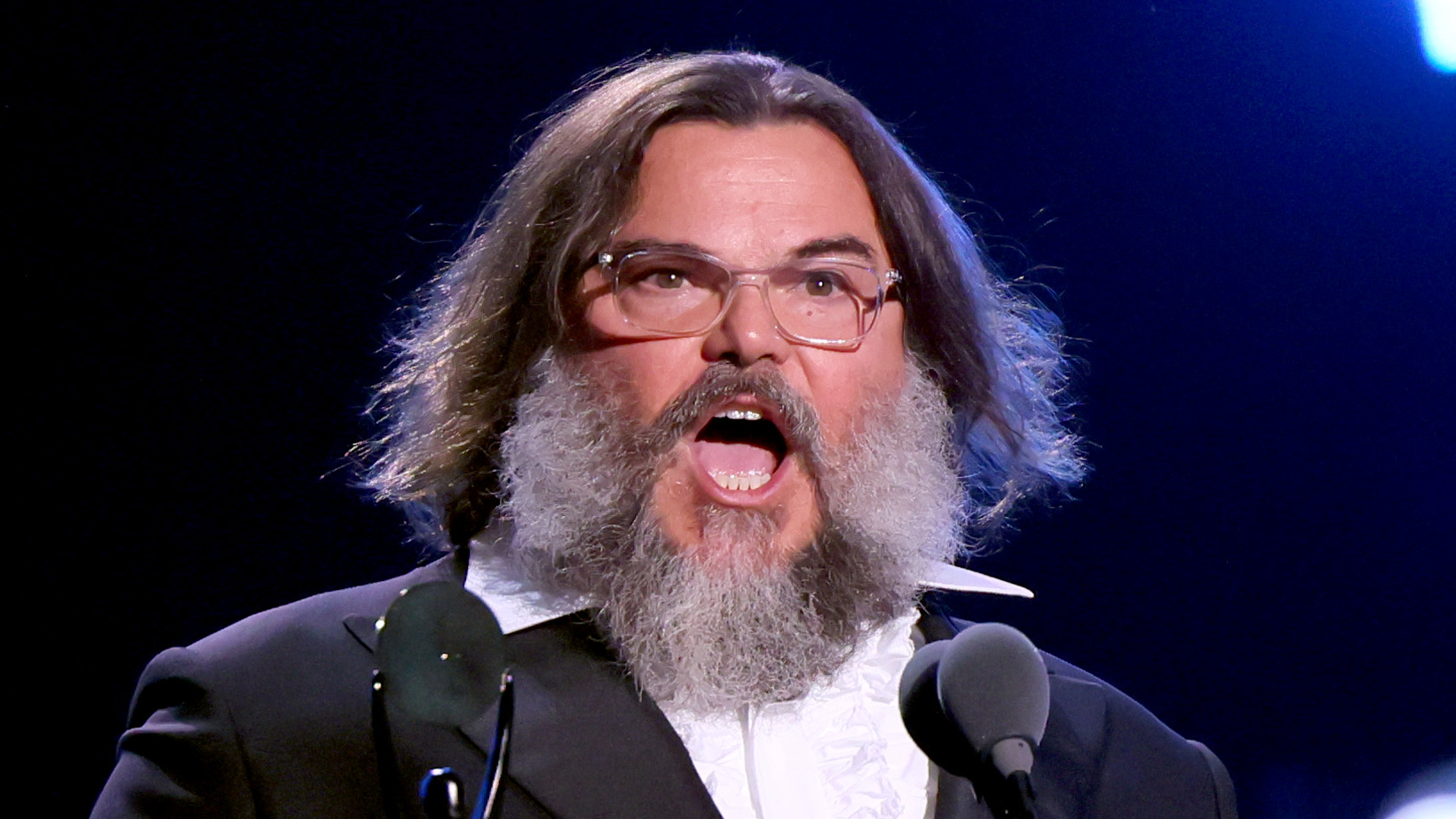Steve Howe on using Line 6 modelling to recreate his classic Yes guitar tones: "I put the record on the hi-fi and had the amp and processor on in my control room at the same time"
An early embracer of digital technology, the prog rock legend used it to recreate Close To The Edge's tones live recently
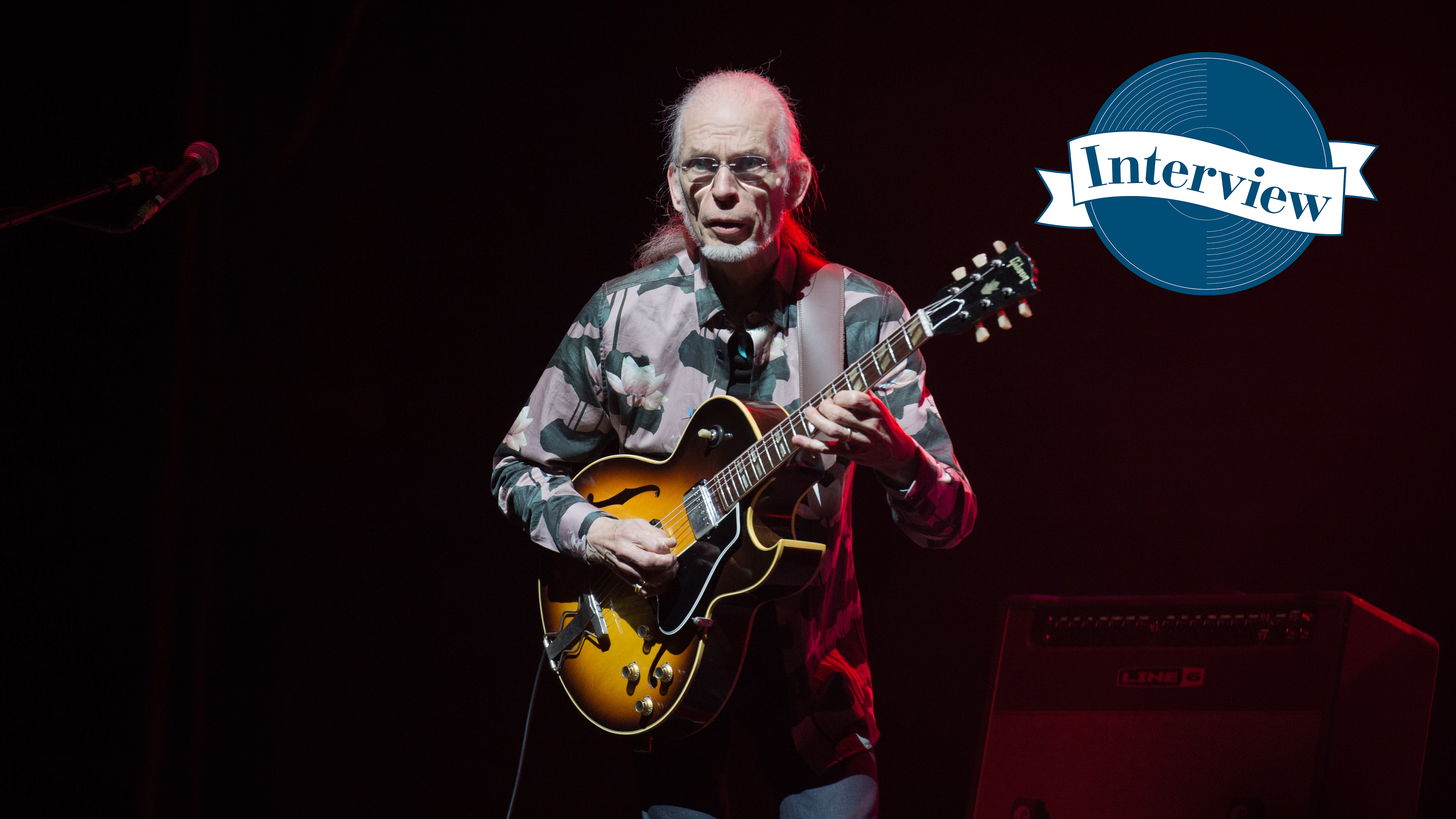
Please note: this interview was conducted before the passing of Yes drummer Alan White.
Prog rock innovator Steve Howe is widely recognised for his stellar fret work with supergroups Asia and GTR, although he is best known as the guitarist in Yes – the pioneering band he currently plays in with bassist Billy Sherwood, singer Jon Davison and keyboardist Geoff Downes.
Having replaced original Yes guitarist Peter Banks in 1970, Howe quickly went on to record The Yes Album and Fragile in 1971, followed by Close to the Edge in 1972.
These genre-defining albums are often considered to be among the band’s finest work, inspiring generations of musicians ever since their release just over half a century ago.
We recently checked in with Howe to chat about the ins and outs of recreating the magic of such classics in the modern era…
How has your live rig changed over the years? Recreating those sounds heard on early Yes records live must be a challenge.
"Back in the ‘60s, I used a volume pedal. And then I got a wah wah. And then I got a fuzz. You know, these things were lying on the floor like bits of junk. But by the ‘70s, effects were starting to appear in the form of pedalboards.
Get the MusicRadar Newsletter
Want all the hottest music and gear news, reviews, deals, features and more, direct to your inbox? Sign up here.
"But that's all changed for me now. I went to Line 6 when they brought out the Variax guitar. I thought it was fantastic.
"Then I saw that Line 6 had programmable amps, which I started using in 2006 with the Asia reunion. So, when Yes got going again in 2008 I was already up to speed with the programming."
We don't want to sound too digitised
How did you go about programming your famous guitar tones?
"The first thing I worked on was the Asia track Heat of the Moment. I picked up the guitar that I wanted to use, which in this case was a Gibson ES-Artist. It's not a very well-known guitar, but it's an ES-335-style guitar with no f-holes.
"Then it was a case of: how do I get this guitar sound to sound like the noise that's coming out of that stereo?
"I'd work through the songs with the different sounds and textures that come up and try to copy them as closely as possible."
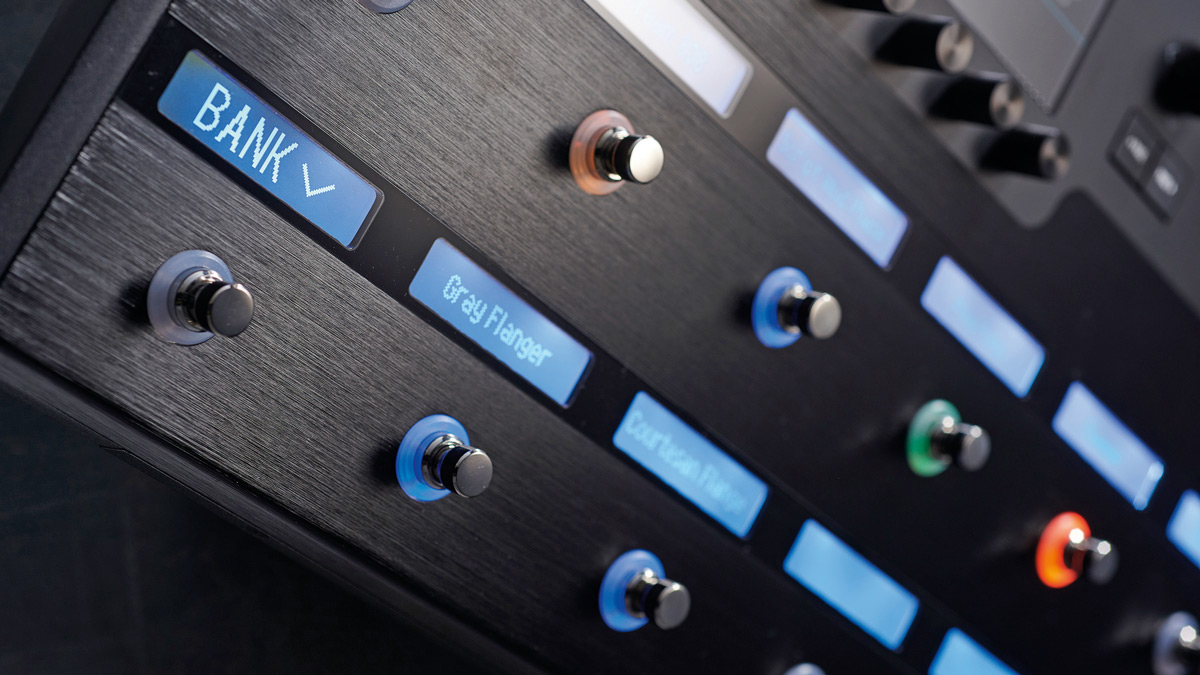
Best multi-effects pedals 2022: 10 of the best all-in-one guitar FX modellers
How has the Line 6 gear changed over the years?
"Fifteen years later and the [Line 6] Helix is a different kind of pedalboard. I think when Line 6 joined forces with Yamaha, they helped them a lot.
"Line 6 is an amazing company. Very hi-tech. Each time they've brought a new pedalboard out that's what I've been using. So, with this year’s Close To The Edge tour, I did the same thing; I sat down and updated my programs to fit the set.
"I put the record on the hi-fi and had the amp and processor on in my control room at the same time.
"A guy called Steve Burnett helps me reproduce the sounds. Each song has a setting. And in the end, instead of running around the pedalboard pressing various buttons, I just press one.
"It feels like a very simple, clean cut guitar processing system. But it doesn't sound processed. The way I steer the programming with Steve is towards an authentic sound. We don't want to sound too digitised."
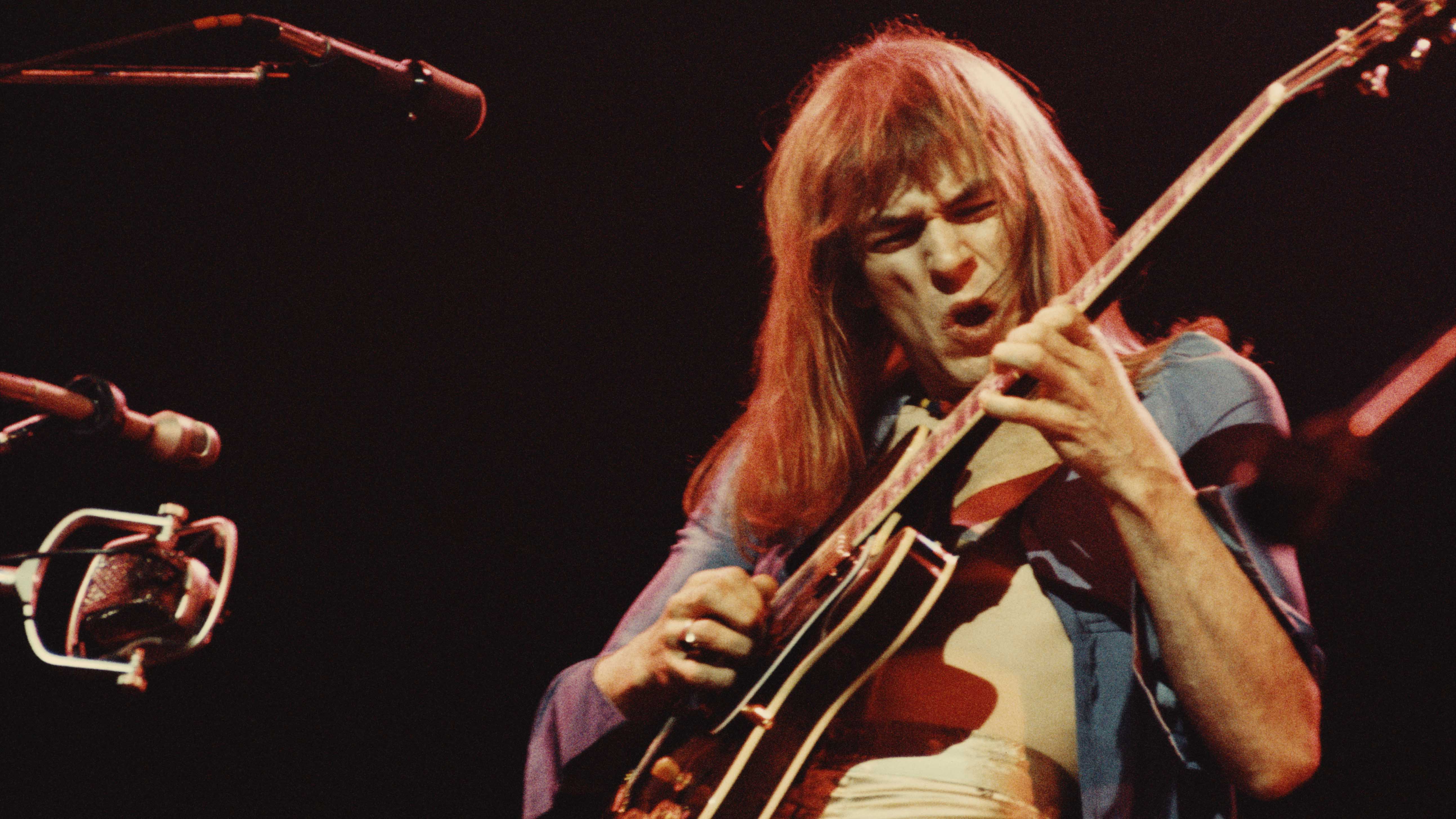
I was in EMI studios in the mid-‘60s, and guess who came up to me and asked me, 'Have you got a wah wah?' It was Hank Marvin!
When it comes to guitars, how important is it to use the right tool for the job?
"I get satisfaction out of the feeling that I have the right sound, because without the right sound the right notes don't quite work.
"When it comes to electric guitar, the sound is everything. Take James Burton for example. His Telecaster was the sound. That was the noise, and it was very identifiable. It's the guitar. It's the notes. It's the sound. And, most importantly, it's the person.
"It's also a lot to do with the front-of-house engineer!"
You appear to have embraced a lot of new guitar gear as things have evolved over the decades…
"That's right. Keyboard players did the same. In fact, I was following keyboard players a lot. If they got new toys, then I was always interested.
"Guitarists often want to have access to as many sounds as possible. You know – compression, delay, wah wah, chorusing. Everything can be done. It is possible."
Interestingly, wah pedals were originally developed in the mid-‘60s from an organ volume pedal and amp tone circuit…
"Yes! I was in EMI studios in the mid-‘60s, and guess who came up to me and asked me, 'Have you got a wah wah?' It was Hank Marvin! Word had spread around the studio that Steve somebody had a wah wah. was onto it straight away because I loved pedals. I mean, I used the volume pedal from day one."
It must have been exciting to have seen all this new music gear appearing for the first time…
"Yes, I was really interested in the new gear. And throughout the ‘70s there were companies like Electro-Harmonix bringing out new stuff. It seemed everybody was trying to enhance the guitar, which is really what you want to try and do.
"So, there were lots of toys. Some of them went by the by, and some of them became established recognisable noises."
Although music gear has become increasingly hi-tech, the popular guitars designs don't seem to have changed much at all. In fact, we’re often doing our best to replicate vintage guitars.
"I still play my 1964 Gibson ES-175D. I've got two of them. I had to get two because the original one’s just so precious. I record with it, but I can't bear to carry it around or leave it in a hotel room."
Did you buy it brand-new back in the day?
"Yes. I ordered it from Selmer in Charing Cross Road [in London]. I went in there thinking I was just going to buy one and they said, “We haven't got any of those. But we can order one and it'll be here in two months.
"So, two months later, I went back and got it. And I was so happy. I put it on a stand in the corner of my bedroom and just stared at it. My father gifted me the deposit for it, and I paid the instalments from the money I earned from my gigs, which was the deal that I had with my dad. He said, 'I'll start it off and you pay the rest.'"
Is the Gibson ES-175D still your favourite electric guitar?
"The 175 is such a great guitar. I play that better than any other. Having said that, there is a level of restriction with it."
Did you ever find feedback to be a problem using it?
"The 175 has got a lot of natural bass and a lot of people don't trim that down. If you leave the low-end up high that will encourage feedback.
"And I've always utilised a volume pedal. That was really useful, because it meant I could use feedback whenever I wanted to.
"Feedback also has a lot to do with where you're standing in relation to the amp. Obviously, if you stand near the amp, you can get feedback more easily."
I've got lots of guitars and equipment to choose from. But in the moment, I trust my instincts, and they're usually right
Have you ever considered using one guitar for the whole Yes set?
"[Line 6] gave me a 335-style Variax, and I could most probably have played the whole set on that because it can be programmed to change the guitar model."
Do you think guitarists have gone through a teething stage with digital technology? It didn't always sound as great as it does now.
"We've certainly turned a corner in recent times. As things went through the ‘80s and into the ‘90s there was a tentativeness about it.
"But your ear is always your guide. And when it comes to programming and recording, the opportunities are really great. I have an instinct about what to do and where to go. I've got lots of guitars and equipment to choose from. But in the moment, I trust my instincts, and they're usually right.
"Those are my choices. And that's what keeps me creatively fed – making the noises that I think are right."
How do you go about writing and recording these days?
"My recording at my studio is done on an Alesis HD24. I don't need a computer. Once I've got my information recorded on that, I take it to Pro Tools. And then the sky's the limit.
"When it comes to writing new songs, I repeatedly drop ideas into a digital voice recorder. I get hundreds of these ideas built up and then, when I have time, I start sifting through them.
"That's what I did for several songs that ended up on [the 2021 Yes album] The Quest. And that started the process with the other guys’ material – Geoff Downes, Billy Sherwood and Jon Davison’s material.
"There's a lot of song development that happens now on Pro Tools that used to happen when we were together in a rehearsal room. Gone are the days when you had to physically hand over a tape to somebody. File sharing allows you to make decisions more quickly and you've got far more choices.
"If the producer is clear where it's all headed, and there's a sense of direction, then it's really going to help. It’s down to the producer to look at the choices, try ideas out, and then move on with confidence."
Steve Howe: “Guitars always give me a feeling of complete freedom”
Rod Brakes is a music journalist with an expertise in guitars. Having spent many years at the coalface as a guitar dealer and tech, Rod's more recent work as a writer covering artists, industry pros and gear includes contributions for leading publications and websites such as Guitarist, Total Guitar, Guitar World, Guitar Player and MusicRadar in addition to specialist music books, blogs and social media. He is also a lifelong musician.
MusicRadar deals of the week: Score £900 off a Gibson Les Paul Standard, £350 off the Adam Jones Epiphone Les Paul Custom and hundreds off Fender, Squier and EVH
“I wanted to design a pedal range that’ll last 10, 20, 30, 40 years... It could be something you could bequeath to those you love”: Exquisite stompboxes, built to last a lifetime, meet Red Witch’s Apothecary Series
